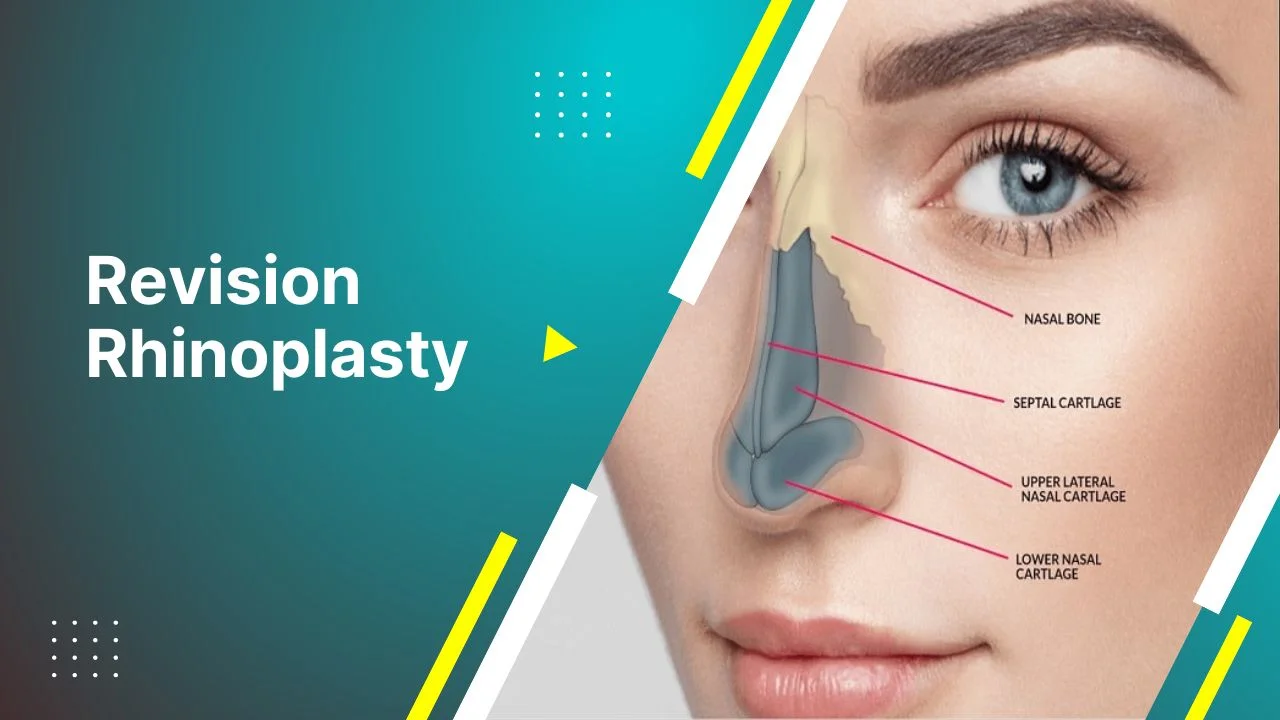Almond eye surgery is a cosmetic procedure designed to give the eyes a more attractive, almond-shaped appearance. While it can enhance the overall look of the eyes, it’s important to consider both the benefits and potential risks of the surgery. In this article, we will explore the advantages and possible complications associated with almond eye surgery.
What is Almond Eye Surgery?
Almond eye surgery, also known as almond-shaped eye surgery, is a cosmetic procedure aimed at creating a more elongated, almond-shaped appearance for the eyes. This aesthetic enhancement is popular among individuals seeking to improve the shape and symmetry of their eyes for a more balanced and youthful look.
The procedure involves surgical techniques that modify the eyelid structure to achieve the desired almond shape. This often includes adjustments to the upper and lower eyelids, as well as the surrounding tissues, to elongate the eye’s appearance and enhance its overall contour. Almond eye surgery can be performed through various methods, including eyelid surgery (blepharoplasty) and canthoplasty, depending on the specific needs and goals of the patient.
Overall, almond eye surgery aims to provide a subtle yet impactful transformation, enhancing the natural beauty of the eyes while ensuring a harmonious facial appearance.
Benefits of Almond Eye Surgery
The benefits of almond eye surgery are as follows:
Correction of Drooping Eyelids (Ptosis)
Almond eye surgery is highly effective in correcting drooping eyelids, a condition known as ptosis. This surgical procedure lifts and reshapes the eyelids to restore a more youthful and alert appearance. By addressing ptosis, the surgery not only enhances the aesthetic appeal of the eyes but also improves their functional aspects, making it easier for individuals to see and perform daily activities without the obstruction caused by sagging eyelids.
Reduced Eye Fatigue and Strain
Another significant benefit of almond eye surgery is the reduction of eye fatigue and strain. Drooping eyelids can cause the eyes to work harder to maintain a clear line of sight, leading to discomfort and fatigue. By correcting this issue, almond eye surgery alleviates the strain on the eyes, resulting in improved visual comfort and reduced symptoms of eye fatigue. This can enhance overall quality of life and ease the strain associated with prolonged visual tasks.
Improved Eye Symmetry and Balance
Almond eye surgery also plays a crucial role in improving eye symmetry and balance. For individuals with asymmetrical eyes or uneven eyelid positions, this procedure can correct these imbalances, leading to a more harmonious and symmetrical appearance. The enhanced symmetry not only boosts self-confidence but also contributes to a more balanced and attractive facial aesthetic.
Positive Impact on Facial Harmony
The final benefit of almond eye surgery is its positive impact on overall facial harmony. By reshaping the eyes to an almond-like form, the procedure creates a more balanced and aesthetically pleasing look. The enhanced eye shape complements other facial features, contributing to an overall sense of harmony and refinement. This improved facial harmony can lead to increased satisfaction with one’s appearance and a greater sense of self-confidence.
Risks of Almond Eye Surgery
Almond eye surgery carries risks such as infection, sensitivity to light, and challenges with psychological adjustment, which require careful management and realistic expectations.
Risk of Infection and Postoperative Complications
Almond eye surgery, like any surgical procedure, carries some risk of infection and postoperative complications. After the surgery, patients must adhere to strict aftercare instructions to minimize the risk of infection. Potential complications may include excessive bleeding, swelling, or adverse reactions to anesthesia. Following the surgeon’s post-operative care guidelines and attending follow-up appointments can help mitigate these risks and ensure a smoother recovery process.
Sensitivity to Light or Dry Eyes
Another risk associated with almond eye surgery is the potential for increased sensitivity to light or dry eyes. Following the procedure, some patients may experience temporary discomfort, such as light sensitivity or a dry sensation in the eyes. These symptoms usually improve over time as the eyes heal. However, it’s important for patients to manage these symptoms with recommended lubricating eye drops and to avoid exposure to bright lights or irritating environments until the eyes have fully recovered.
Psychological Adjustment and Expectations
The psychological impact and adjustment following almond eye surgery can also pose a challenge. While the surgery aims to enhance appearance and function, patients may initially experience dissatisfaction or anxiety regarding the results. It’s crucial to have realistic expectations and understand that full results may take time to manifest as swelling subsides and healing progresses. Psychological support and clear communication with the surgeon can help manage these expectations and support patients through the adjustment period.






